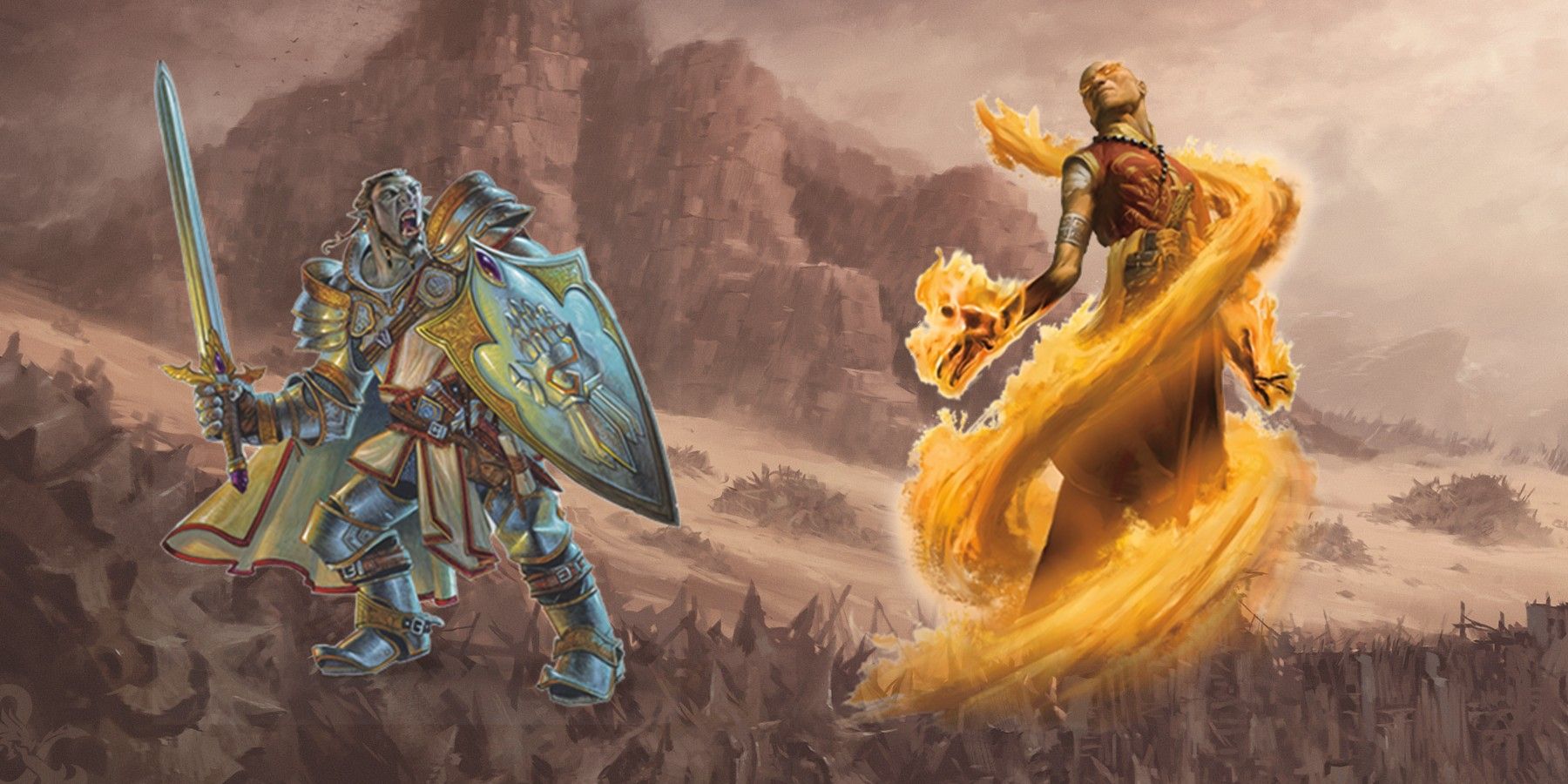The current edition of Dungeons & Dragons once referenced spells that didn't exist in the game. This was due to errors in the Player's Handbook, which came about due to changes happening in the transition from playtesting phase, to the first printing of the book. These changes were fixed in later printings and it's only the initial run that mentions these mysterious spells.
The Internet is a godsend to D&D fans around the world. D&D will celebrate its 50th anniversary in 2024, which means that many players didn't have Internet access throughout the run of the game. In the old days, the fans had no way to know if something in a book was an error. Nowadays, the creators of the game will swiftly learn if there are mistakes or loopholes in the game, as fans will let them know on social media. This allows them to release official errata that retcons the existing rules, in order to fix any errors.
The initial printing of the fifth edition Dungeons & Dragons Player's Handbook had a number of errors, such as some of the healing spells belonging to the conjuration school, instead of D&D's evocation school. These errors were changed in later printings of the Player's Handbook, as well as being mentioned in official errata in Sage Advice columns on the official Dungeons & Dragons website. One strange aspect of the initial Player's Handbook printing is that there were spells on the class spell lists that never had any descriptions.
D&D's Mystery Spells - Destructive Smite & Trap The Soul
The two mystery spells in the Dungeons & Dragons Player's Handbook were the fifth-level paladin spell destructive smite and the eight-level wizard spell trap the soul. The destructive smite spell was simply a case of the wrong name being used, as there is another fifth-level paladin spell in D&D called destructive wave. D&D fifth edition co-creator Mike Mearls confirmed on Twitter that the destructive smite spell is meant to be destructive wave. The name destructive smite was used during the playtesting phase of fifth edition, but it was meant to be changed to destructive wave in the Player's Handbook.
The absence of trap the soul is more puzzling, as it did actually exist in older versions of the game. In third edition, trap the soul forced a creature to make a Will save. If they failed the save, then their body and soul was trapped inside of a gem. The only way to free the target is by breaking the gem. This spell was used to coerce extradimensional beings into performing favors in exchange for freedom, though it worked just as well on denizens of the Prime Material Plane. Principal rules designer Jeremy Crawford confirmed on Twitter that trap the soul was meant to be part of the game at one point, but it was cut, as its features were folded into imprisonment, a ninth-level abjuration spell in D&D. It's possible that trap the soul could be included in a future Dungeons & Dragons rulebook, but it seems that it has been usurped by a stronger spell.


